Las Vegas Population Explosion: How UNLV's 1996 Forecast Predicted Today's 2.4 Million Clark County Residents
Las Vegas Population Boom: Visionary 1996 Forecast Proves Eerily Accurate
In the shadow of neon-lit casinos and sprawling desert landscapes, a 26-year-old prophecy has come to pass, revealing the uncanny foresight of Las Vegas's economic oracles. As the city's population swells to unprecedented heights, we're left to wonder: did these academic soothsayers possess a crystal ball, or merely an unparalleled understanding of the Silver State's golden future?
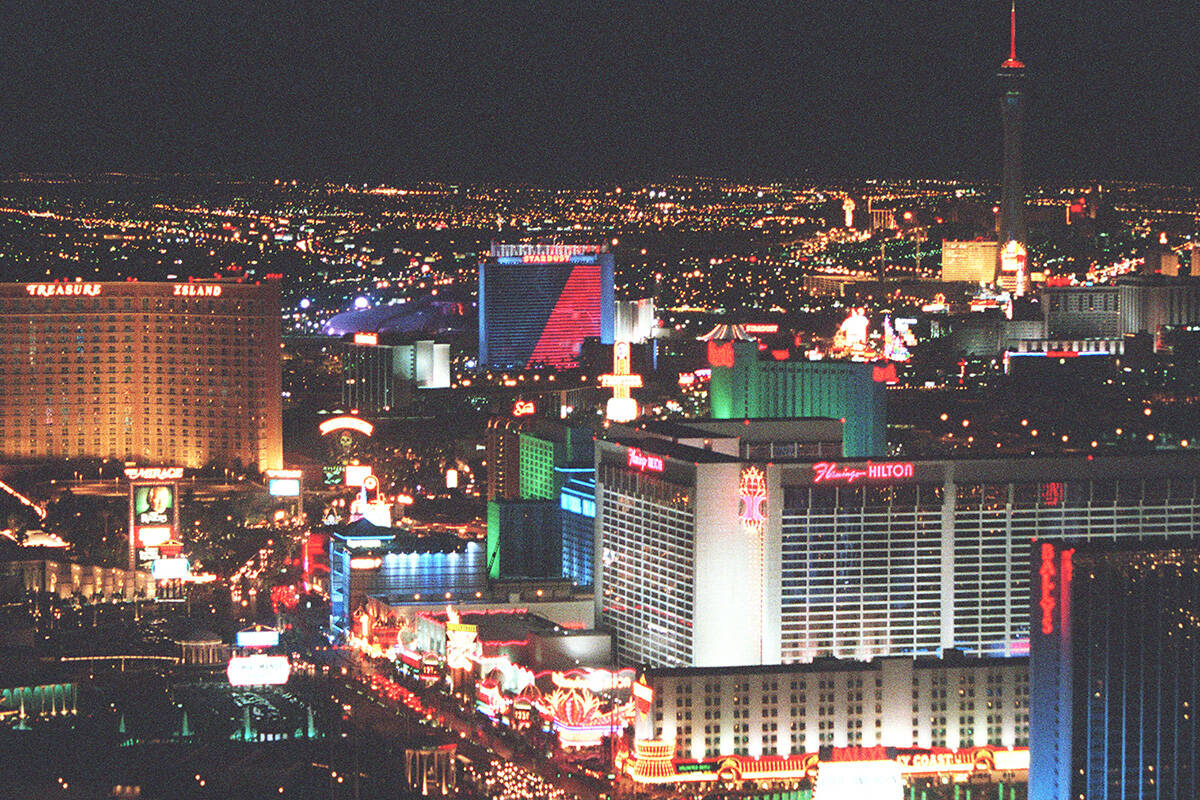
The Million-Dollar Prediction: Clark County's Population Explosion
1996 Vision vs. 2024 Reality: A Statistical Photo Finish
In a stunning display of economic clairvoyance, UNLV's Center for Business and Economic Research (CBER) has hit the jackpot with its long-term population forecasts. Back in 1996, when Las Vegas was still emerging as a global entertainment capital, CBER projected that Clark County would boast 2.26 million residents by 2024. Fast forward to today, and the actual figure stands at a staggering 2.41 million – a mere 147,000 off the mark after nearly three decades of tumultuous economic shifts.
Andrew Woods, the current director of CBER and one of the masterminds behind the latest population forecast, sheds light on this remarkable feat of statistical prophecy. "From what I was told, we started doing this on our own in the early 1990s when the population was really booming and there were competing forecasts," Woods explains, his words echoing the excitement of those heady days of exponential growth.
The Unified Forecast: A Vegas-Sized Collaboration
The precision of these forecasts isn't just a matter of luck. It's the result of a uniquely Las Vegas brand of collaboration. "Sometime around 1997, there was agreement at least among local government entities to focus on one forecast," Woods reveals, crediting his predecessor, the late Dr. Keith Schwer, with this stroke of bureaucratic genius. Schwer, a titan in the field of economic forecasting and a member of the Business Hall of Fame at UNLV's Lee Business School, laid the groundwork for the unified approach that continues to guide the valley's planning efforts today.
Beyond the Slot Machines: Predicting Las Vegas's Economic Diversification
The 1996 Report: A Blueprint for the Future
The 1996 report wasn't just a numbers game. It painted a vivid picture of Las Vegas's economic future that has proven remarkably prescient. "The current trend of strong economic growth would continue into the future," the report boldly claimed, foreseeing a landscape where tourism and gaming would flourish alongside a burgeoning array of non-gaming industries.
This diversification prediction has materialized in spectacular fashion. Today's Las Vegas is home to a thriving tech scene, a burgeoning healthcare sector, and even nascent aerospace industries – all while its entertainment and hospitality core continues to expand and evolve.
The Price of Paradise
With eerie accuracy, the 1996 report also foretold the challenges that would accompany the valley's explosive growth. "Growth, however, would bring some additional costs to those who live in the area and those who are relocating to the area," the report cautioned. Fast forward to 2024, and Las Vegas residents are grappling with skyrocketing housing prices and an overall cost of living that has indeed "increased exponentially."
Navigating Las Vegas's Future Challenges
Traffic, Taxes, and the Quest for Quality of Life
Perhaps most impressively, the 1996 report accurately predicted the growing pains that would accompany Las Vegas's meteoric rise. Issues like traffic congestion, increased demand for public services, and the resulting tax burdens were all foreseen with remarkable clarity.
"Additionally, population and economic growth would bring more traffic congestion, noise, pollution, and other negative externalities, reducing the amenity level (quality of life)," the report stated, in what reads today like a blueprint of modern Las Vegas's most pressing challenges.

Breaking the 3 Million Barrier
Looking ahead, CBER's latest projections paint an equally ambitious picture of Las Vegas's future. Clark County is expected to shatter the 3 million resident mark by 2042, with the 2.5 million milestone arriving as soon as 2027 – a full seven years earlier than the 1996 report anticipated.
Betting on Las Vegas's Future
As Las Vegas stands on the precipice of its next great population boom, the accuracy of these long-term forecasts serves as both a testament to the city's predictable allure and a warning of the challenges that lie ahead. With each new resident, the city inches closer to realizing the grand vision laid out nearly three decades ago – a vision of a metropolis that's much more than just a vacation destination, but a thriving, diverse economic powerhouse in the heart of the Mojave Desert.
The question now is not whether Las Vegas will continue to grow, but how it will adapt to the pressures and opportunities that come with such explosive expansion. As the city's planners, policymakers, and residents grapple with these challenges, they would do well to heed the prophetic words penned in 1996 – a reminder that in Las Vegas, the house doesn't always win, but it certainly knows how to play the long game.
Categories
- All Blogs (183)
- "Stranger Things" House For Sale (1)
- A Grand Slam in Urban Renewal: The Remarkable Transformation of Bush Stadium (1)
- Bill Gates' Xanadu 2.0: A Tour of the Billionaire's $130M Medina Mansion (1)
- Boxing Legend Oscar De La Hoya Lists Henderson Home for $20 Million (1)
- Cadence in Henderson Leads Las Vegas Valley in New Home Construction (1)
- Cryptocurrency and Blockchain (4)
- Escape to Luxury: Discover the Ultimate Mountain Retreat in Las Vegas (1)
- Escape to Your Own Fortress of Solitude: Nova Scotia's $11.5 Million Private Island Haven (1)
- Experience Exquisite Living at 1860 Hatfields Court, Henderson, NV 89044 (1)
- Experts Stunned by Las Vegas Luxury Summer Home Sales (1)
- Hollywood Comes to Vegas (1)
- Is 2024 the Year to Strike Gold in Las Vegas Real Estate? (1)
- Las Vegas Businesses Convert Vacant Offices to Save Costs (1)
- Las Vegas Has Eight Years of Land Left (1)
- Las Vegas Home Builders Experience Best First Quarter Since 2021 (1)
- Las Vegas Home Prices Soar: Median Price Hits $473,000, Closing in on All-Time Record (1)
- Las Vegas Homebuilding Boom: Top Companies Leading the Charge (1)
- Las Vegas Homeowner Takes on City Hall Over $180,000 Airbnb Fine, Alleging Violation of Due Process and Excessive Punishment (1)
- Las Vegas Housing Crisis: A Desert Mirage of Affordability (1)
- Las Vegas Housing Market Market Surge Continues (1)
- Las Vegas Luxury Real Estate: $35 Million Sale Sets New Record in The Summit Club (1)
- Las Vegas Population Explosion: How UNLV's 1996 Forecast Predicted Today's 2.4 Million Clark County Residents (1)
- Las Vegas Real Estate Market Insights: Top Trends, Home Buying Tips, and Best Neighborhoods (1)
- Las Vegas Real Estate Market Report: Homes Sell Fast in May 2024 (1)
- Las Vegas Real Estate Market Update (1)
- Las Vegas Real Estate Trends: Current Market Snapshot (1)
- Las Vegas Strikes Gold with Affluent Tourists and Residents: A Booming Tourism and Migration Report (1)
- Las Vegas Valley Sees Surge in Investor Home Purchases (1)
- Luxury Living in Las Vegas: SkyVu Unveils New Model Homes in MacDonald Highlands (1)
- Luxury Living in Las Vegas: The Ultimate High-Rise Experience (1)
- Market Update (1)
- Mesquite, Nevada: The Hidden Oasis Attracting Retirees and Reshaping the Silver State's Landscape (1)
- Newsletter (1)
- Pee-wee Herman's Iconic Los Feliz Home for Sale: $5 Million (1)
- Southwest Las Vegas Growth (1)
- Step into the Legendary Home of Jerry Lewis: A Piece of Hollywood History Hits the Market (1)
- Suze Orman's Tells Caller that $200K Savings Won't Cut It for Homeownership (1)
- The Canyon at Ascaya (1)
- The Dink Revolution: Pickleball Takes Over Las Vegas (1)
- The real ‘Full House’ house in San Francisco and where to find it (1)
- The Summit Club (1)
- The Treetop Revolution: How Luxury Treehouse Mansions Are Redefining the Skyline (1)
- Tropicana Las Vegas Demolition Preparing for Implosion to Make Way for MLB Stadium (1)
- Unearthed: The Hidden World of Luxury Cave Homes (1)
- Why the Surge in Construction Won't Lead to a Housing Market Crash (1)
Recent Posts
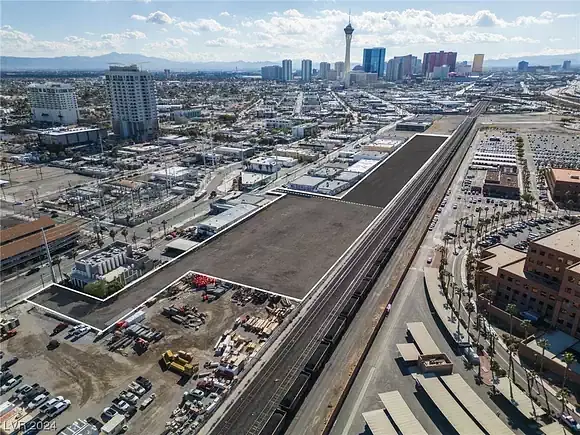
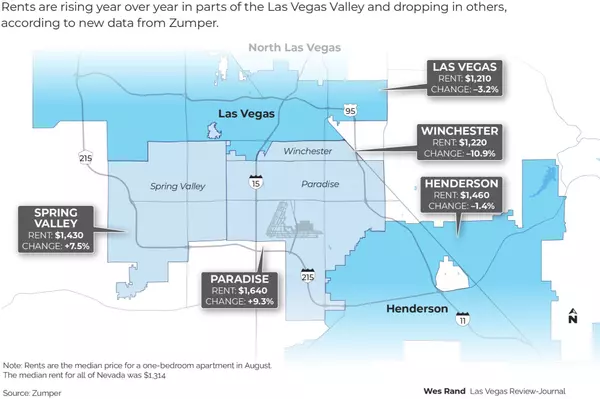


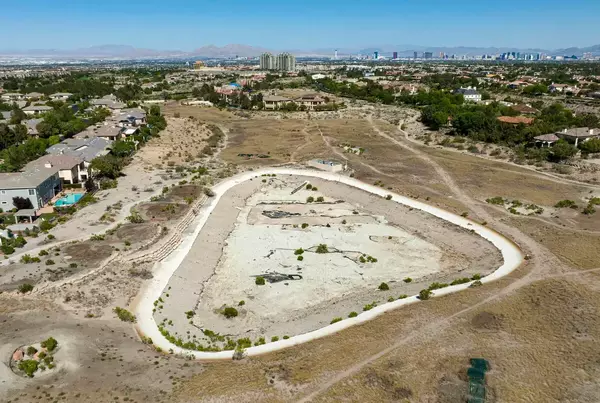

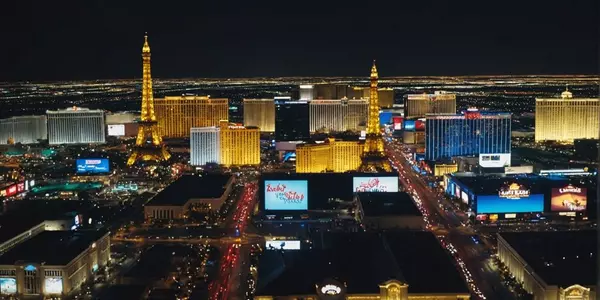

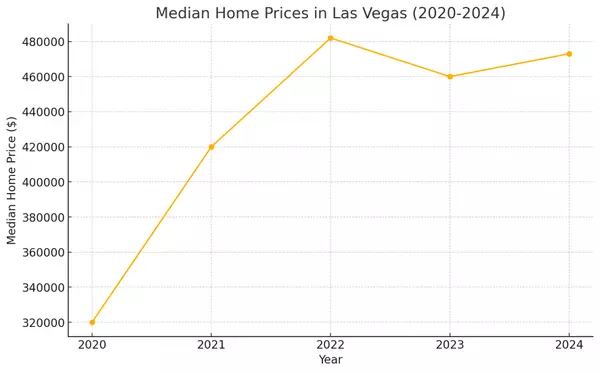
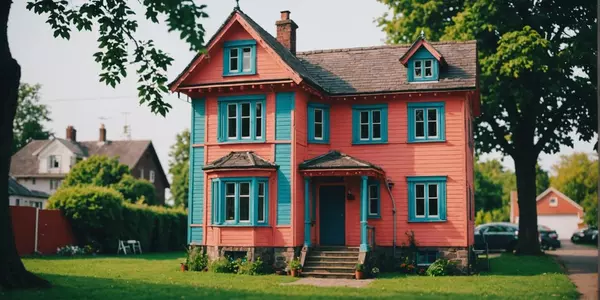
GET MORE INFORMATION

